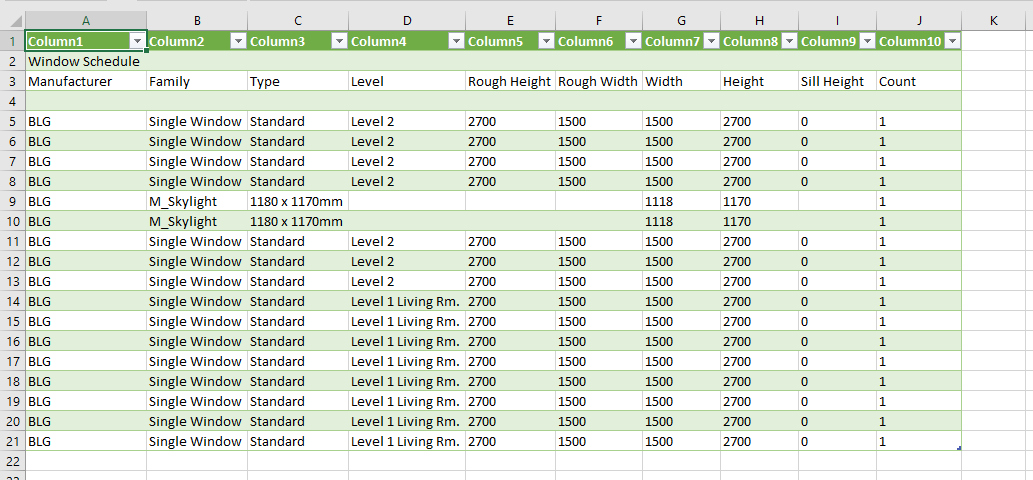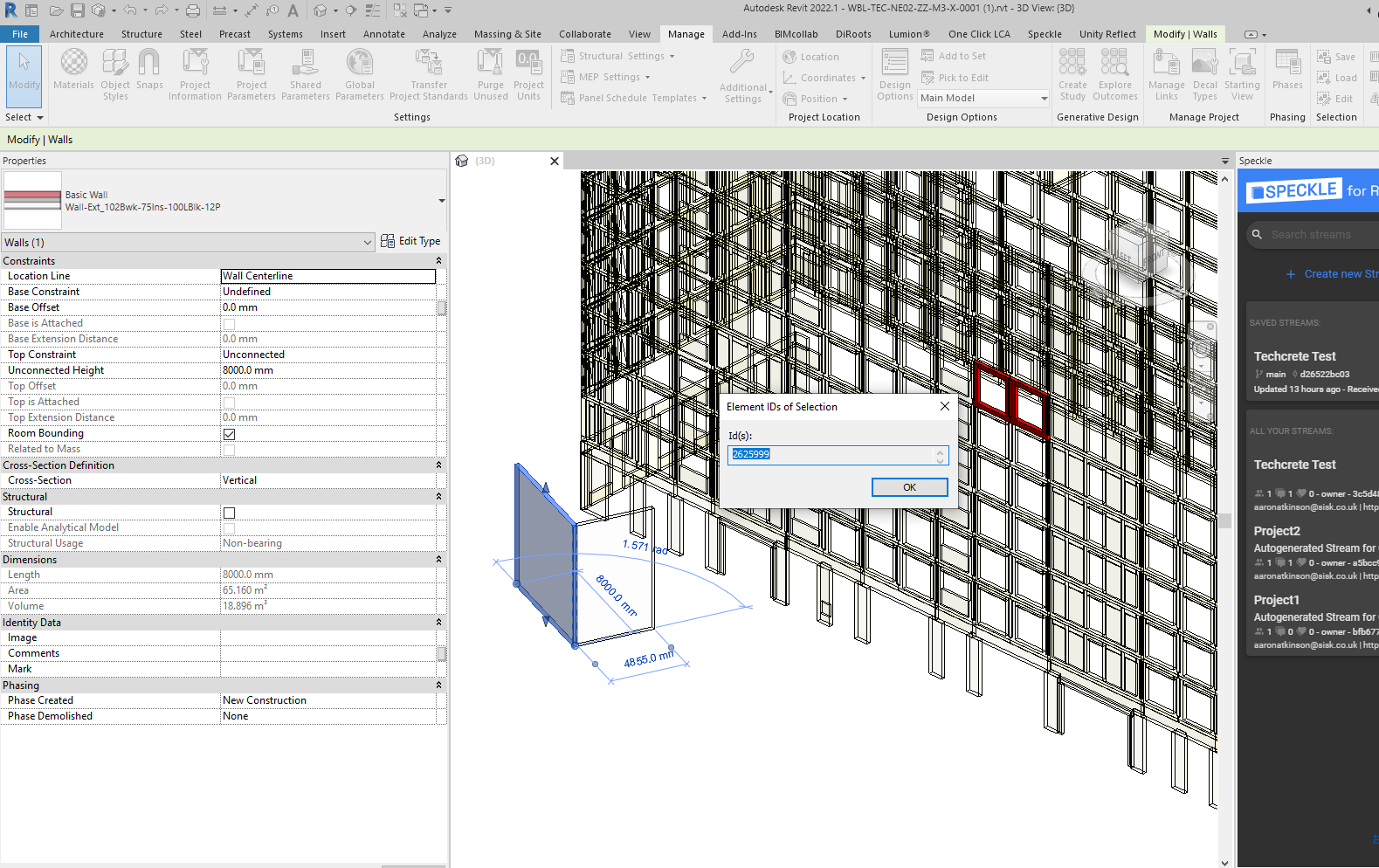Boost Your Process with Powerful Revit Add Ins
Excel-to-Revit: A Game-Changing Operations for Architectural Layout - Unveiling the Secrets
Presenting excel-to-revit, the game-changing operations that will certainly change your layout procedure. With excel-to-revit assimilation, you can simplify your building design, unlock performance, and take full advantage of partnership within your group. Obtain ready to take your architectural design to the next degree with excel-to-revit!
The Power of Excel-to-Revit Assimilation

Picture the ease of having the ability to upgrade and modify job data in Excel, and quickly see those modifications reflected in your Revit model. No a lot more manual information entrance or laborious updates. With Excel-to-Revit integration, you can conserve time and lower errors by leveraging the power of Excel's solutions and functions to immediately produce precise data in Revit.
Not only does this assimilation enhance performance, however it likewise enhances collaboration among employee. You can quickly share Excel data with colleagues, that can then import the data right into their Revit designs. This promotes a smooth exchange of information and ensures that every person is collaborating with one of the most current data.

Enhancing Building Design With Excel-To-Revit
Streamlining architectural layout is made easier with the use of Excel-to-Revit (revit plugins). With this effective combination, you can maximize your workflow and conserve important time throughout the layout process. By leveraging the capacities of Excel and Revit, you can perfectly transfer information between both platforms, eliminating the requirement for hands-on information access and minimizing the threat of mistakes
Excel-to-Revit enables you to import and export information effortlessly, enabling you to quickly upgrade and modify your building styles. You can create timetables, compute quantities, and generate records in Excel, and afterwards move that data directly right into your Revit version. This combination makes sure that your layout details is always updated and integrated, getting rid of the need for hands-on updates and reducing the possibilities of incongruities.
By utilizing Excel-to-Revit, you can likewise capitalize on the effective computational capabilities of Excel. You can do intricate estimations, analyze information, and automate recurring tasks, all within Excel. After that, with simply a few clicks, you can import the results back right into Revit, allowing you to make enlightened design decisions and optimize your building designs.
Opening Performance: Discovering the Excel-to-Revit Process
Maximize your productivity by perfectly integrating Excel and Revit for a more efficient operations. With the Excel-to-Revit operations, you can open a whole new degree of performance in your building design process. By making use of the power of Excel's information administration capabilities and incorporating it with the adaptability and accuracy of Revit, you can improve your design procedure and conserve valuable time.
Among the crucial benefits of this integration is the capacity to import and export data between Excel and Revit. This suggests that you can quickly transfer task info, such as room timetables or product quantities, from one software to the various other, getting rid of the demand for hands-on data access and minimizing the possibilities of mistakes. You can likewise develop custom solutions and calculations in Excel to automate recurring tasks and execute complicated calculations, which can then be seamlessly incorporated into your Revit designs.
Furthermore, the Excel-to-Revit process allows for much better coordination and partnership in between team participants. With Excel acting as a main information hub, several staff member can service different elements of the task concurrently, sharing and updating details in real-time. This not only boosts communication yet also makes sure that everyone is collaborating with the most updated information, eliminating the danger of disparities.
Optimizing Collaboration: Excel-to-Revit for Architectural Teams
By effortlessly incorporating Excel and Revit, architectural teams can considerably boost collaboration and accomplish a lot more reliable style results. When utilizing this effective workflow, you can conveniently move information between Excel spread sheets and Revit models, enhancing the layout process and improving interaction among employee. With Excel-to-Revit combination, you can easily import task data, such as room routines, product amounts, and project specifications, straight right into Revit, removing the demand for manual data entrance and lowering the possibilities of errors. This seamless connection enables for real-time updates, making sure that everybody is dealing with one of the most updated info and preventing inconsistencies between different documents.
Additionally, by leveraging Excel's powerful computation abilities, you can perform intricate computations and evaluation on your design information, giving useful understandings and driving notified decision-making. This combination also enables you to export information from Revit to Excel, enabling you to produce extensive reports, graphes, and graphs for presentations and analysis. This collective workflow promotes reliable communication and coordination among staff member, as Excel acts as a main hub for information administration and sharing.
Overall, by welcoming the Excel-to-Revit process, architectural groups can achieve greater levels of collaboration, performance, and precision in their style procedure. revit plugins. This assimilation empowers groups to collaborate flawlessly, guaranteeing that every person is on the exact same web page and adding to the success of the project
Revealing the Keys of Excel-to-Revit Integration

Among the secrets of Excel-to-Revit combination is the capacity to leverage the power of formulas and estimations in Excel to drive criteria and generate complicated geometries in Revit. You can connect Excel spread sheets to Revit families, enabling you to input data straight right into the spreadsheet and have it immediately upgrade in the Revit version. This improves browse around this site the style procedure and makes certain precision and consistency across the job.
One more key is the capacity useful source to create customized routines and records in Excel, making use of information extracted from Revit. This allows you to examine and envision project information in a manner that is not possible within Revit alone. You can quickly produce amount liftoffs, price price quotes, and task timelines, offering useful understandings for decision-making and job administration.
In enhancement, Excel-to-Revit combination makes it possible for reliable collaboration among staff member. Several customers can service the very same Excel spreadsheet all at once, making it easier to coordinate and track changes. You can also utilize Excel's commenting attribute to provide feedback browse around these guys or communicate style modifications.
Verdict
By integrating the power of Excel and Revit, engineers can now function a lot more efficiently, conserve time, and produce far better styles. Beginning integrating excel-to-revit integration into your architectural layout procedure today and reinvent the method you work.
With just a couple of clicks, you can import the outcomes back right into Revit, enabling you to make informed layout choices and enhance your building styles.
By using the power of Excel's data management capabilities and incorporating it with the adaptability and accuracy of Revit, you can enhance your style procedure and conserve beneficial time.
By perfectly integrating Excel and Revit, architectural teams can considerably boost partnership and achieve extra effective style outcomes. When utilizing this powerful workflow, you can conveniently transfer information in between Excel spreadsheets and Revit versions, simplifying the style process and improving communication amongst team members.In addition, by leveraging Excel's effective computation capabilities, you can carry out complex estimations and analysis on your design information, supplying valuable understandings and driving informed decision-making.